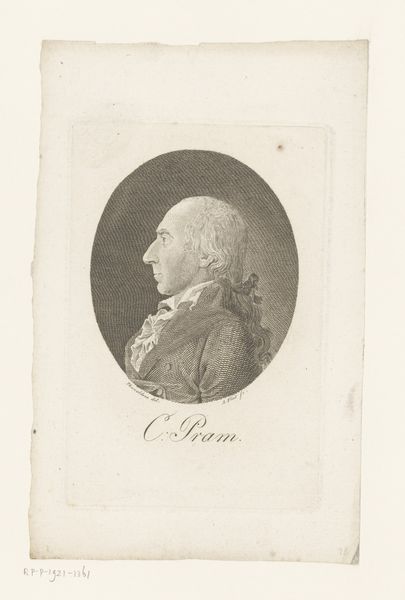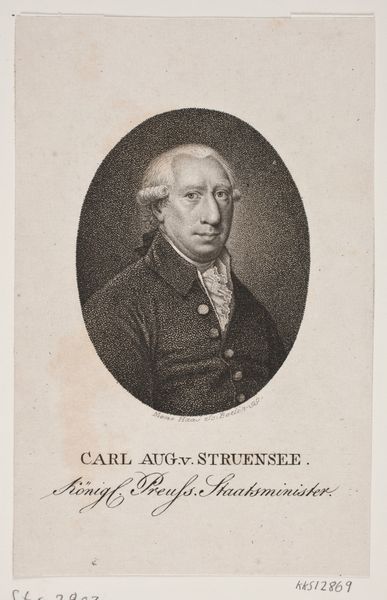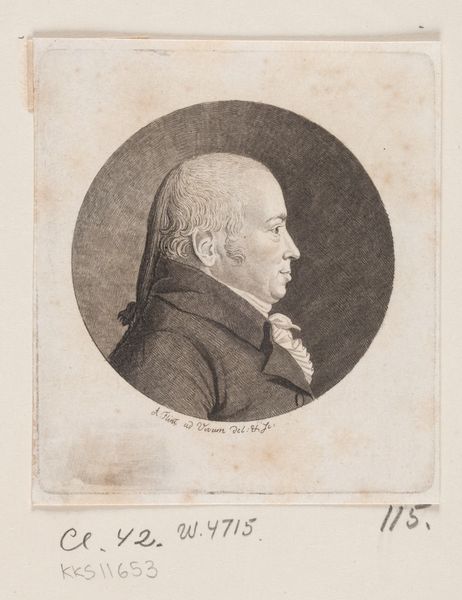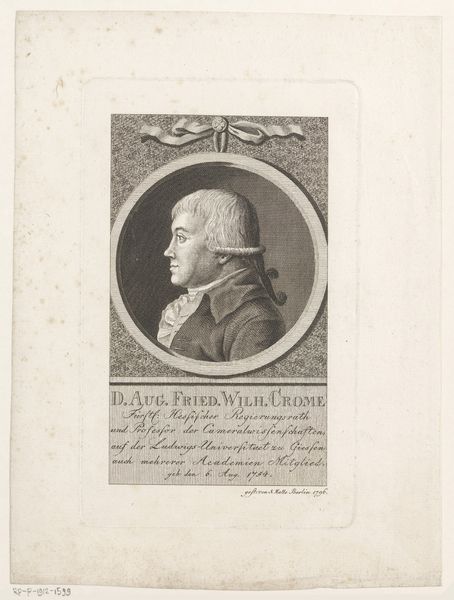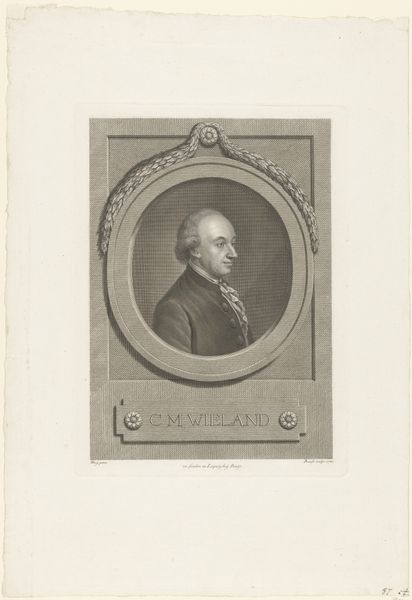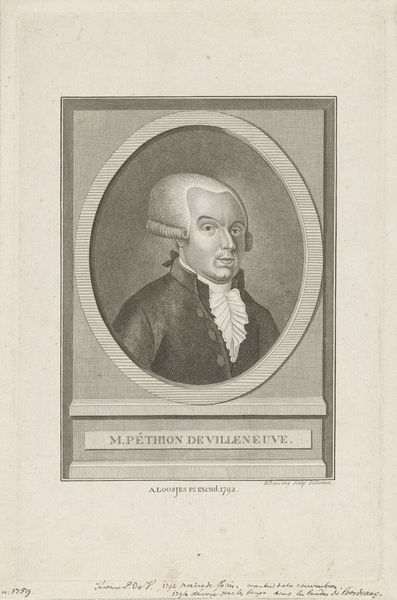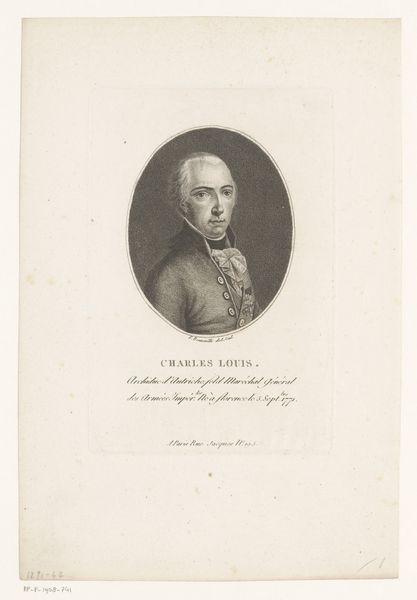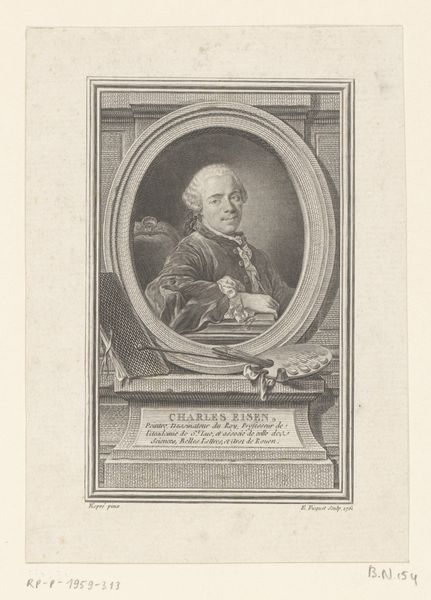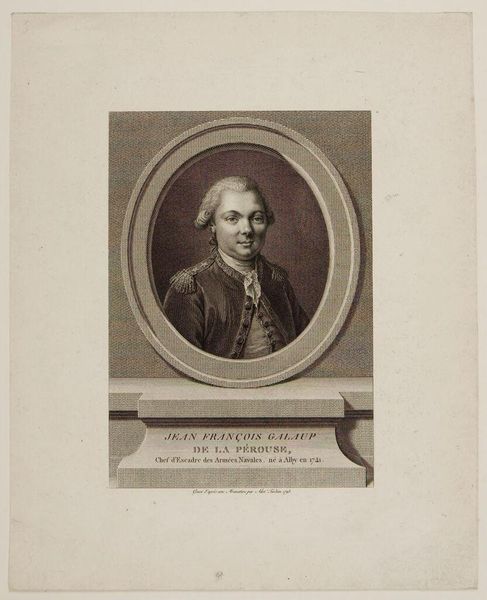
engraving
#
portrait
#
neoclacissism
#
old engraving style
#
history-painting
#
academic-art
#
engraving
Dimensions: height 203 mm, width 128 mm
Copyright: Rijks Museum: Open Domain
Curator: Friedrich Rossmäsler, working between 1785 and 1858, crafted this piece, "Portret van Friedrich August Carus," using engraving techniques. It's currently held here at the Rijksmuseum. Editor: Instantly, there's something quite stark and elegant about it. The precision of the engraving—almost surgical. Does it feel cold to you, or is that just me? Curator: Cold isn't precisely the term I would apply. Observe the incisive linework, the controlled tonal gradations creating a pronounced neoclassical formality typical of portraits of its era. Editor: Yes, the line work! Almost obsessive. Look at how meticulously each curl of hair is rendered, then consider the formality and try not to laugh...it reminds me of a high-society pigeon. Dignified, but, you know, still a pigeon. Curator: That juxtaposition between inherent detail and imposed formal constraints encapsulates neoclassicism's core tension between fidelity and idealism. The sitter, identified as Friedrich August Carus, projected as an embodiment of Enlightenment intellectualism. Editor: I see your point; the engraving technique adds a sense of seriousness, like an attempt at objective rendering, despite its clear idealization of the professor’s image. A question about intention comes to mind, did the artist strive for neutral depiction? Curator: 'Neutral' might misunderstand the cultural expectations placed upon portraiture in depicting persons of renown. Instead, think of neoclassicism less as aiming at strict naturalism and more as an instrument for communicating social position and intellectual status. Editor: Perhaps... but I still read some individual humor into those wisps of hair escaping his meticulously styled wig! A tiny rebellion! The subject feels more alive than his formal setting should really allow him to be. Curator: It underscores art's continuous oscillation between imposing formal constraints and providing space for subtle expression. Even within the rigorously enforced rules of a school such as neoclassicism, glimpses of idiosyncrasy appear. Editor: In summary, then...an ode to both the rigid rules of the Enlightenment and those adorable little rebellions of the individual spirit, etched into metal and immortalized for the ages. Nicely put.
Comments
No comments
Be the first to comment and join the conversation on the ultimate creative platform.
